Stroke Rehabilitation Exercises for Your Body
Stroke survival rates have improved a lot over the last few years. Stroke was once the third leading cause of deathin the United States, but it fell tofourth placein 2008 andfifth placein 2022. Today, strokes claim an average of 129,000 American lives every year. Reducing stroke deaths in America is a great improvement, but we still have a long way to go in improving the lives of stroke survivors.
Stagnant recovery rates and low quality of life for stroke survivors are unfortunately very common. Just 10% of stroke survivors make a full recovery. Only 25% of all survivors recover with minor impairments. Nearly half of all stroke survivors continue to live with serious impairments requiring special care, and 10% of survivors live in nursing homes, skilled nursing facilities, and other long-term healthcare facilities. It’s easy to see why stroke is the leading cause of long-term disability in the United States. By 2030, it’s estimated that there could be up to 11 million stroke survivors in the country.
Customer reviews
"There is strong evidence that physical activity and exercise after stroke can improve cardiovascular fitness, walking ability, and upper arm strength. In addition, emerging research suggests exercise may improve depressive symptoms, cognitive function, memory, and quality of life after stroke."
FREE downloadable Exercise Guide
Please enter your information below to receive your FREE downloadable Exercise Guide, and get on the road to recovery!
Traditionally, stroke rehabilitation in America leaves much to be desired in terms of recovery and quality of life. There is a serious gap between stroke patients being discharged and transitioning to physical recovery programs. In an effort to improve recovery and quality of life, the American Heart Association has urged the healthcare community to prioritize exercise as an essential part of post-stroke care.
Unfortunately, too few healthcare professionals prescribe exercise as a form of therapy for stroke, despite its many benefits for patients. Many stroke survivors are not given the skills, confidence, knowledge, or tools necessary to follow an exercise program. However, that can change.
With the right recovery programs that prioritize exercise for rehabilitation, stroke survivors can “relearn” crucial motors skills to regain a high quality of life. Thanks to a phenomenon known as neuroplasticity, even permanent brain damage doesn't make disability inevitable.
A stroke causes loss of physical function because it temporarily or permanently damages the parts of the brain responsible for those functions. The same damage is also responsible for behavioral and cognitive changes, which range from memory and vision problems to severe depression and anger. Each of these changes correspond to a specific region of the brain that was damaged due to stroke.
For example, damage in the left hemisphere of your brain will cause weakness and paralysis on the right side of your body. If a stroke damages or kills brain cells in the right hemisphere, you may struggle to understand facial cues or control your behavior. However, brain damage due to stroke is not necessarily permanent.
Even when brain cells are destroyed completely, recovery is still possible because the human brain is capable of reorganizing and retraining itself through neuroplasticity. When you perform repetitive physical tasks, you tap into this ability by "retraining" unaffected parts of your brain to perform functions that your damaged brain cells once performed. In simple terms, neuroplasticity is the process of “rewiring” the brain to perform tasks through different neural pathways.
Some "spontaneous" recovery does occur after a stroke, but it doesn't continue forever. According to a study published in the Journal of the American Physical Therapy Association, spontaneous motor recovery only occurs during the first 6 months of recovery. Afterwards, rehabilitation is necessary to make further progress, especially if you need to learn new skills and coping mechanisms.
“Rehabilitation involving neuroplasticity principles requires repetition of task and task-specific practice to be effective.”
To overcome the leading cause of disability, a consistent exercise program is critical. By using the power of neuroplasticity, stroke survivors can regain mobility and function. If you want to overcome the limitations of traditional recovery methods, you should know that exercise is your most effective tool.
Physical activity reduces your stroke risk by between 25% and 30%, but it doesn't just decrease your risk of having a stroke. Exercise also increases your chance of regaining function after a stroke. Unfortunately, stroke survivors don't always realize that their chance of recovery may have more to do with their rehabilitation efforts than with the initial extent of their brain injury.
In fact, when stroke survivors have trouble performing daily functions, it isn't always because of the stroke itself. Brain damage also causes problems that indirectly lead to loss of physical function. After suffering a stroke, survivors who don't begin an exercise regimen will experience additional, preventable problems such as physical deconditioning and fatigue...
They may also face a variety of obstacles that make it more difficult to begin exercising, such as:
- Lack of social support
- Financial instability
- Depression
- Severity of physical symptoms
- Fatigue
- Frustration
- Confusion
- Lack of motivation
These barriers are precisely why a tailored, consistent exercise regimen is such an important part of proper post-stroke care. When patients receive support, tools, and specific instructions to keep them active after a stroke, obstacles such as fatigue and depression will get smaller and less powerful, making it easier to continue a regimen of aerobic and strength-training exercises.
These exercises, in turn, give patients the power to reclaim lost abilities and get back to the life they had before the stroke. According to the American Heart Association, exercising after a stroke is a crucial way to improve the following:
- Cardiovascular fitness
- Walking ability
- Muscle strength
- Flexibility
- Coordination
- Cognitive function
- Mental health
- Memory
- Quality of life
Any amount of physical activity is a positive step for stroke survivors. Over time, even light activity such as walking around the block or doing laundry will contribute to physical improvements and help prevent the deconditioning that leads to further deterioration. However, activities of moderate intensity are even more beneficial for your health. If you want to reclaim a specific function, for example, you can incorporate a variety of at-home exercises to target individual body parts.
Exercises for Stroke Recovery
Remember, a full recovery is only possible if you take direct action to reclaim function in the months and years that follow. By following an exercise program that targets specific areas and functions, you can reclaim your coordination, strength, and range of motion throughout your body.
Each of the following exercises is designed to condition your body and brain in specific ways. The movements are recommended by trusted physical therapy professionals and cover the following areas of the body: shoulders, arms, balance, hands, legs, and core. Follow along with helpful illustrations as you work through the basic, intermediate, and advanced versions of these post-stroke exercises.
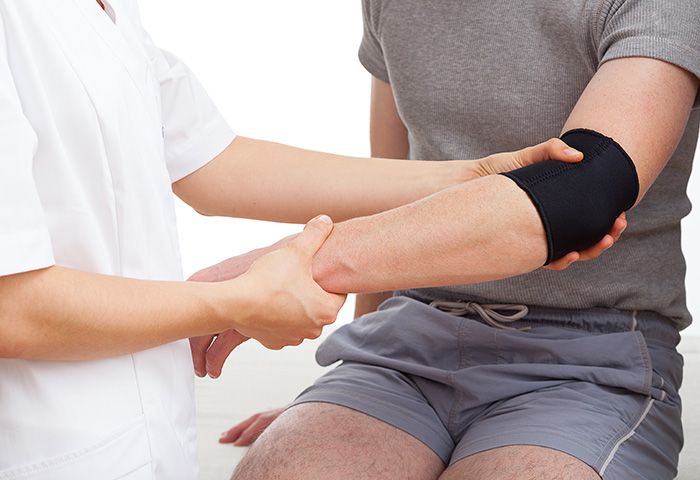
Arm Exercises
A stroke can often make it difficult to perform simple tasks like moving the arm forward or grasping and releasing objects. Physiotherapist Simbarashe Shawe recommends eight simple exercises to help restore strength and function in the arms of stroke survivors.
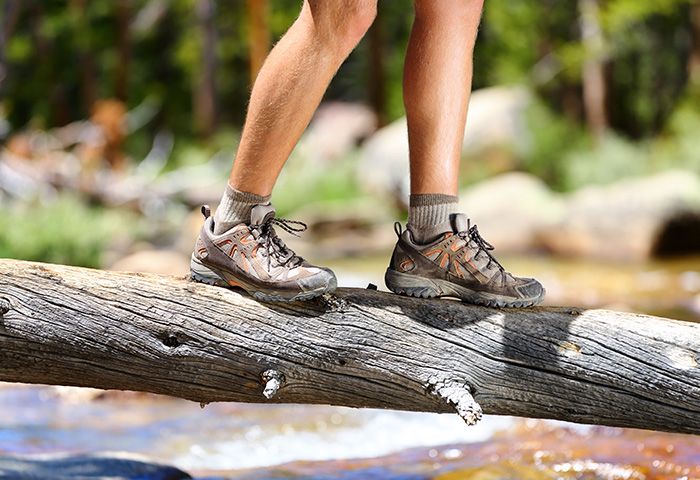
Balance Exercises
Struggling to walk or stumbling frequently is a common problem for stroke survivors, as the neurological components of balance have been damaged. Fortunately, balance is an ability that can be relearned after a stroke through therapy, rehabilitative products, and at-home exercises. Physiotherapists Beth Thornton and Kathryn Smyth suggest nine exercises to help regain stability and balance.
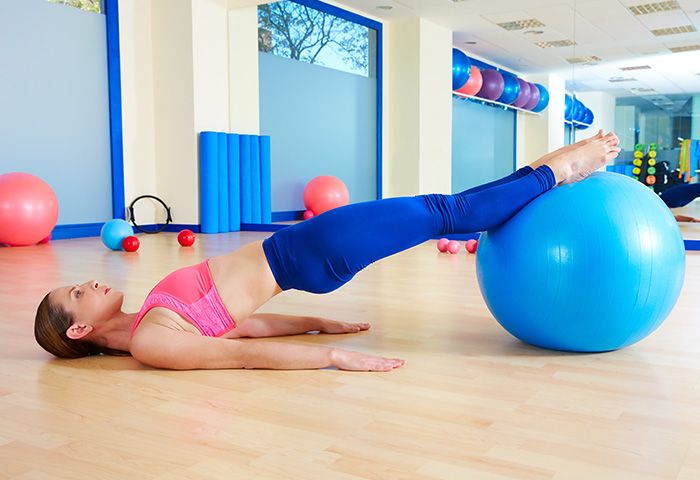
Core Exercises
While the focus of stroke recovery is often on the limbs and facial muscles, without a strong core, the rest of the body may suffer. By isolating and activating core muscles with nine exercises selected by Thornton and Smyth, stroke survivors can work to regain coordination and strength that benefits their whole body.
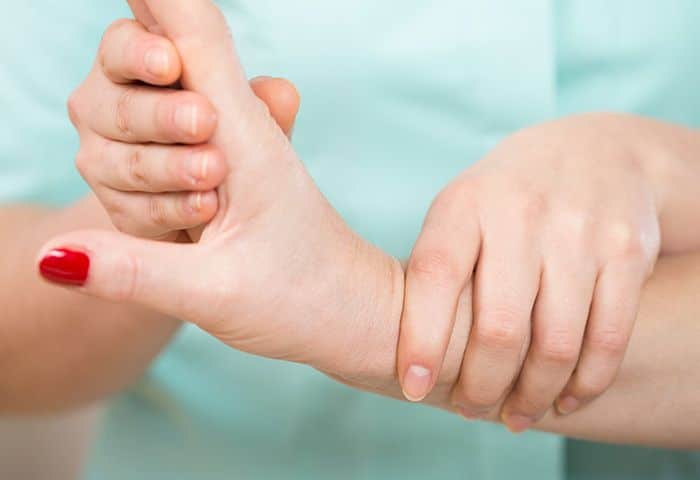
Hand Exercises
When stroke survivors lose function and dexterity in the hands, simple daily tasks can seem like insurmountable obstacles. Sarah Lyon, occupational therapist, advocates three simple, at-home exercises to help stroke survivors regain the use of their hands.
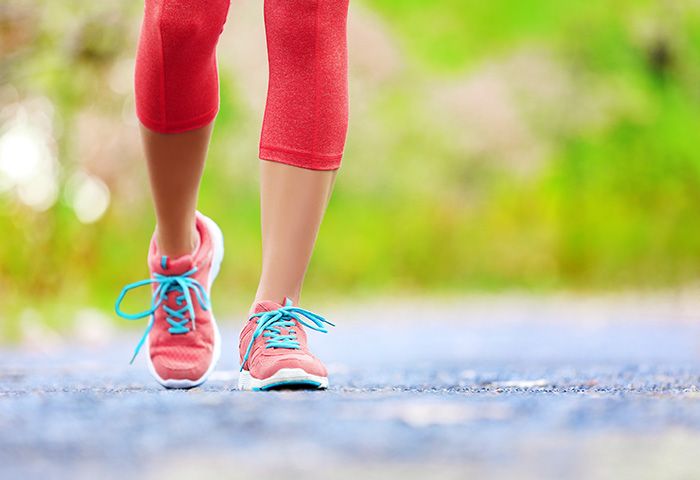
Leg Exercises
Difficulties standing and walking after a stroke can be related to balance problems, but leg strength and mobility are also contributing factors. Richard Sealy recommends a series of low-impact strength and stretching exercises to help regain muscle in the legs and improve range of motion during stroke recovery.
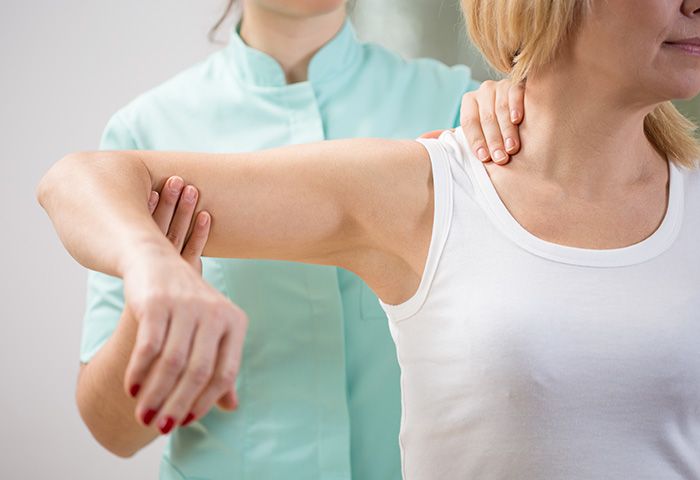
Shoulder Exercises
Many daily movements depend on shoulder strength such as grasping and releasing objects, moving the arms, and supporting weight with the arms. Occupational therapist Hoang Tran recommends six effective techniques based on the principles of gravity compensation to speed up recovery in the shoulders after a stroke.






